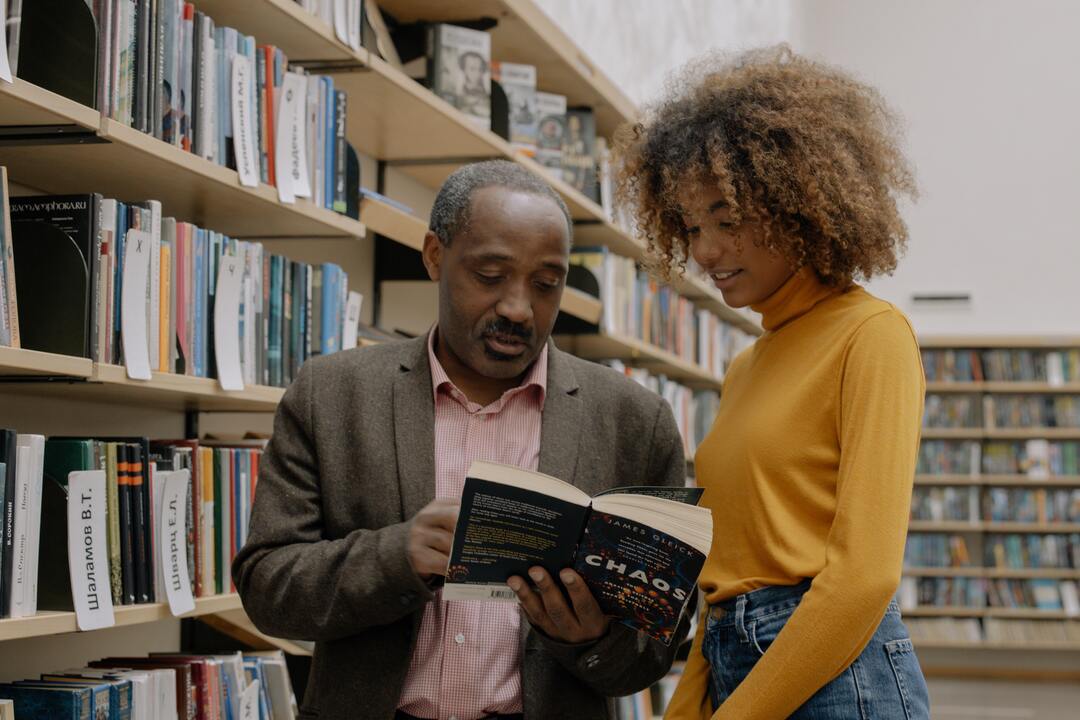
7 Problems in Translation and How to Fix It
Problems in translation are unavoidable. Many people, even experienced ones, will face these problems. A simple one, if not carefully solved, will become bigger. Hence, it is important to avoid this problem without ignoring its recurrence probability in the future. Translation problems not only will damage the translator, but also the clients if it is not solved properly until the end. The quality of the translation can decrease and break the image of the clients and even the translator. Because you know, you cannot mess around with other people's language.
A solution that fits with every problem is unheard of since every person will face different kinds of challenges. Although so, a little bit of help for some specific problems will be useful. Here is the information.
Problems in Translation and the Solution

Translation is not going to become better on its own. Translators need to work with their team or their own to make sure there are no problems with the final results. Even so, translators will face many challenges. Here are some problems that could happen to translation work.
-
Different Structure of Language
English is probably one of the most used languages in the world. Different from English, there are many structural differences that rely on the English language and others. These differences in structural sense probably are one of many problems that could occur in translation. In many languages, the form of words is completely different. This could lead to challenge and confusion. Translating it word to word could become more confusing as you try to break down the meaning. Some languages even have a different sense of subject gender. A different kind of object could have a different gender. On this matter, the expertise of a translator is at stake. A good translation will define the meaning and translate it without any errors. If you do not have the experience, practice is the best way. Try to learn more about the structure and make use of translation tools. Using grammar checkers will also help with little details that are missed.
-
Differences in Cultural Background
Each country has its own culture. Even the one who uses the same language will have a different culture. A clash in cultural references in translation is often found and becomes a problem in translation. This problem might sound simple, but actually, it is not. That is because it could ruin the original meaning and erase some important parts of the translation work. The common problem is the use of daily language in written documents or literature. There are countries that have several dialects. These dialects could be found in some documents that will be translated. The translator also needs to find the exact right words to translate it. The other cultural reference that will occur is the use of jokes. Some countries use jokes with different approaches. It is the task of the translator to find the right choice of words that will not insult the target audience but still have the same meaning as the original. You can solve this matter by doing research on the Internet. Use the most suitable choice of words that relate to the target audiences. You can also search through social media or other platforms to get the solution. Watching television shows will certainly be helpful in recognizing cultural differences.
-
Verbs of Two Words

There are languages that use two words as a verb, for example in the English language. In the English language, we can understand verbs by one word or two words. The word put alone can be different if accompanied by prepositions. Like put off, put on, put down, put away, and many more. Different prepositions could have different meanings with these prepositions. This case could also happen in another language. Understanding this matter will help to define the best translation for your work. Translating it word to word could erase the exact meaning of the sentence. In some cases, like technical translation, this can make important procedures lose their purpose. Therefore, translators need to be careful while doing their job. The solution to the problem is that you need not avoid literal or word-to-word translation. Try to translate as naturally as it should be in the target language. Try to understand the meaning of the word and give the correct choice of translated words. Understanding the source language will also help the situation better.
-
Translating Sarcasm
Sarcasm is usually placed in novel or comic translations. Sarcasm is the sharp expression that means the literal opposite of the sentence. Sarcasm in some languages is necessary as an expression of disgust or even jokes. This expression is quite difficult to translate. That is because it is hard to find the right expression that could give the same meaning as the original text. Translating this expression can end up losing its meaning if you use literal word-to-word translation. If not done well, translating sarcasm could also cause misunderstanding since there are cultural differences. Usually, the sarcasm expression will be changed completely to avoid this. However, if the sentence that contains sarcasm is quite central to the work, then it is important to explain the passage. Therefore, there will be no misunderstanding in the future. Translators can also change the expression to suit the target audiences. Try to find the same kind of sentences from the target audiences that have the same meaning with it. This will help to keep the original meaning of the text intact while avoiding any damage that could happen in the future.
-
Different Concepts
One language with another not just has differences in words but also in concepts. Some languages have concepts that are different from other countries. That is since the concept only applies to the exact region. Southeast Asia with Eastern Asia will have different concepts in many ways. The way they respect the elders, the seniority, and also the concept of dating might be different. Translating with different concepts could be a challenge. Doing it wrong though, can end up as a problem in translation. Translators need to understand this concept truly before starting working. This is to avoid certain problems that can arise in the future. Generalizing this concept is not an answer though. The same Eastern Asian countries will not have the same concept as each other. There will be slight or even big differences between them. Hence, try to research this concept beforehand. It will help the translation work later on. If you have trouble on this matter, try to familiarize yourself with the concept of the target audience. If the target audiences do not have the same concept, you can give an underscore to help the reader understand it easily. It will help if the documents or books are translated into different regions.
-
Several Meaning Word
There are languages that have the same characters but have different meanings that depend on the sentence or user. There are also words that are spelled the same but have entirely different meanings. This could lead to a problem if translators do not understand it fully. This problem usually occurs in Mandarin, Japanese, and even English. Even so, the same problems might also occur in countries with some similarities but different cultures such as Indonesia and Malaysia. Translators need to keep their knowledge sharp to avoid mistakes in this matter. Different translations can ruin the whole work and become embarrassing mistakes. To avoid this, try to use a glossary to keep any important words that can have several meanings. Communicate with fellow translators to help understand the text and keep the translation's quality high. Before translating, try to read the text carefully and note several points that are important. Ask or do research if you cannot find any clue of what is the meaning of the words.
-
Do Not Have the Technical Knowledge
Some works of translations include technical terms. This text is used in technical practice like SOP or technical documents. As a translator, it is important to understand some topics regarding the text. However, some terms that are quite technical can pose trouble for translators. Translators usually have some experts in a field. Some others have a basic understanding of the topic. This basic understanding may be enough for some cases, but it is not used in specific technical documents or procedures that require details and specific jargon. To help with this problem, try to ask the expert for help. You can also read some books with specific themes to help understand the topic. Search for specific terms and put it in a glossary. Search for its meaning using research and the help of experts. This will help the translation process so it will not face too many difficulties.
Conclusion
Hence, that is one of the problems in translation that could occur in your work. Try to solve it with the best solution that works for you. Change your perspective to know the best solution for it. With time and work hard, these problems will become your way to becoming the best translator.